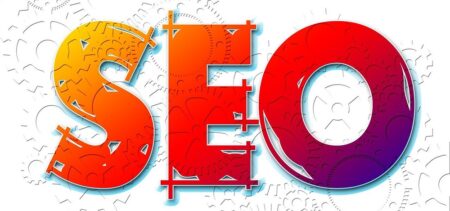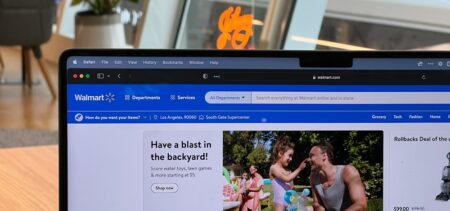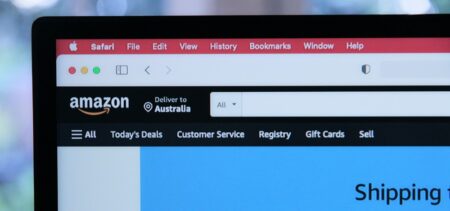Native advertising is something you may have often encountered on the visited web pages without even noticed its presence. At least in some extreme, pioneer cases like these – it is perfectly justifiable that one may not even be aware of the fact that he/she is dealing with an advertising campaign.
If you have followed the above link, you already remembered what native advertising actually represents. It is all about coherence – the online advertising perfectly matches the advertising platform, both in form, as in function. Advertising blends in with the overall page content, while tenaciously carrying on its message.
Native advertising types
The Interactive Advertising Bureau has standardized six core types of native ads in its 2013 playbook:
- In-feed units (e.g. on Forbes, Yahoo, Facebook, Twitter);
- Paid search units (e.g. on Yahoo, Google, Bing, Ask);
- Recommendation widgets (e.g. on Outbrain, Taboola, Disqus, Gravity);
- Promoted listings (e.g. on Etsy, Amazon, Foursquare and Google);
- In-ad with native element units (e.g. on Onespot, Federated Media, Appssavvy and so on);
- Custom units that do not fall under the previous categories (e.g. on Flipboard, Tumblr, Spotify or Pandora).
According to the same document, when creating and placing a native ad, there are also six evaluation factors to be taken into consideration: form, function, integration, buying&targeting, measurement (top or bottom funnel metrics) and disclosure. All these taken accounted for, the ad must be synchronized with the webpage, its content and visitors, and present a measurable efficiency. Although we will not dive here into this kind of details, the commonly employed disclosure terminology is however an useful reminder: formulas such as “advertisement”, “AD”, “sponsored” , “presented”, “featured” or “suggested/recommended” mark the web page elements that fall into the native advertising category.
When realized with artistry, we all perceive native advertising with the corner of our eye, but experience an integrated web surfing experience – and its effects appear immediately or with a certain latency, but accompanied by a lasting impression. Of course, there are situations where a witty campaign creates buzz and becomes a subject in itself – so convergent and seamlessly integrated that it creates its own trend. Anyway, the native advertising is generally characterized by its blending-in function.
For other illustrated native ads examples, you might want to check this article.
There are other categorizations for native advertising, too, like dividing them into sponsored content, social native and native display ads. Other common micro-categories are branded content, single sponsor issues, printed and online advertorials, promoted posts or tweets and product placement. When brands create content, the industry sees it as building an audience that will in turn build the business behind the brand. It’s more like a longer-term investment than an one time hit, and, when done right, this kind of advertising should bear fruit for a longer time span.
Native ad platforms have also been divided into four groups: Exchanges, In-feed, App Integration, and Branded Video.
Native advertising – present and future
Data shows that in 2015 native advertising was one of the hottest topics in its field: expected to reach $7.9 billion this year. A BI Intelligence forecast depicts it on the rise, with $21 billion estimated for 2018, which would represent a number over five times bigger compared to the 2013 data.
We have approached in a previous article the way ad blockers might change the advertising industry – and one of the short-term countermeasures consisted in employing native advertising. Choosing this form of brand, product or service representation would be a way of avoiding the ad blockers restriction and of reviving the publisher-customer relationship. Why not surprise your public in a pleasant way when delivering advertising?
Some recent native video advertising innovative methods seem to have had this in mind, like YouTube “shoppable” videos. Instead of interrupting the videos, the ads would just open in the top-right corner and unfold when clicked. Still in testing mode, this new YouTube feature might eventually be available to any brand with a Google Merchant Center account.
Sharethrough made a similar move towards native advertising with its native video ads that would auto play on publishers’ sites. Their in-feed ad product called Video View Ads is available through Ad Manager and aims at a higher brand lift. The raise estimated by Sharethrough when using this video support tool is of 82 percent.
Trying to ponder the same issue of ad blockers versus native advertising, a MediaPost article takes things further and considers how automation might get around the ad blockers problems using precisely native advertising.
Even more firm sounds Yahoo’s chief executive, Marissa Mayer. Talking about the same subject at the IAB MIXX in New York, she stated on the company’s behalf that the positive attitude towards native advertising is motivated by their potential to “enhance the user experience” and the fact that this type of ads “are much less disruptive and they are great properties in terms of value they give to advertisers”.
Other professionals seem to be preparing for an important shift. The American Press Institute published a whitepaper on sponsored content, detailing its characteristics, advantages and its characteristics from the media professionals’ point of view.
But is native advertising the best remedy?
This might be a questions with multiple answers, depending on whom one addresses it to. Nevertheless, native advertising is a working, tested marketing technology with a positive background that recommends it.
When suddenly confronted with the ad blocker phenomenon after having invested work and time in classical ad campaigns – native advertising might prove a quick efficient shift that allows agencies not to start their work from zero. Maintaining roughly the same ideas and converting the delivery output – here is a quick method of salvaging most of the previous efforts invested so far.
From the businesses perspective, getting used with what native advertising brings to the table might take a while, depending on how each brand visualizes its target, image and quantifiable ROI. Some might see no problem in this different type of advertising, while others could get stuck in what they traditionally perceive as “real” advertising.
The professionals in advertising may well use this opportunity to demonstrate their abilities, or wait out the ad-blockers controversy to resolve, hoping that it would bring them to the more comfortable spot they were in the past. Gaining new skills is never counter-productive, so rather than waiting passively, those who are passionate about their work will probably use this push in the native ads direction to train their strengths in dealing with the new challenges. Native advertising also comes with
The potential customers might be surprised – in a positive manner or not quite, depending on how well native advertising is transposed into actual publicity materials on the web. One might be impressed by a quality piece of article or by a video material and respond positively to the revelation that his/hers pleasant experience is sponsored or made possible by a certain brand. Alternatively, a clumsy placed piece of content (video, audio or written) might deter the consumer from accessing the material altogether.




























